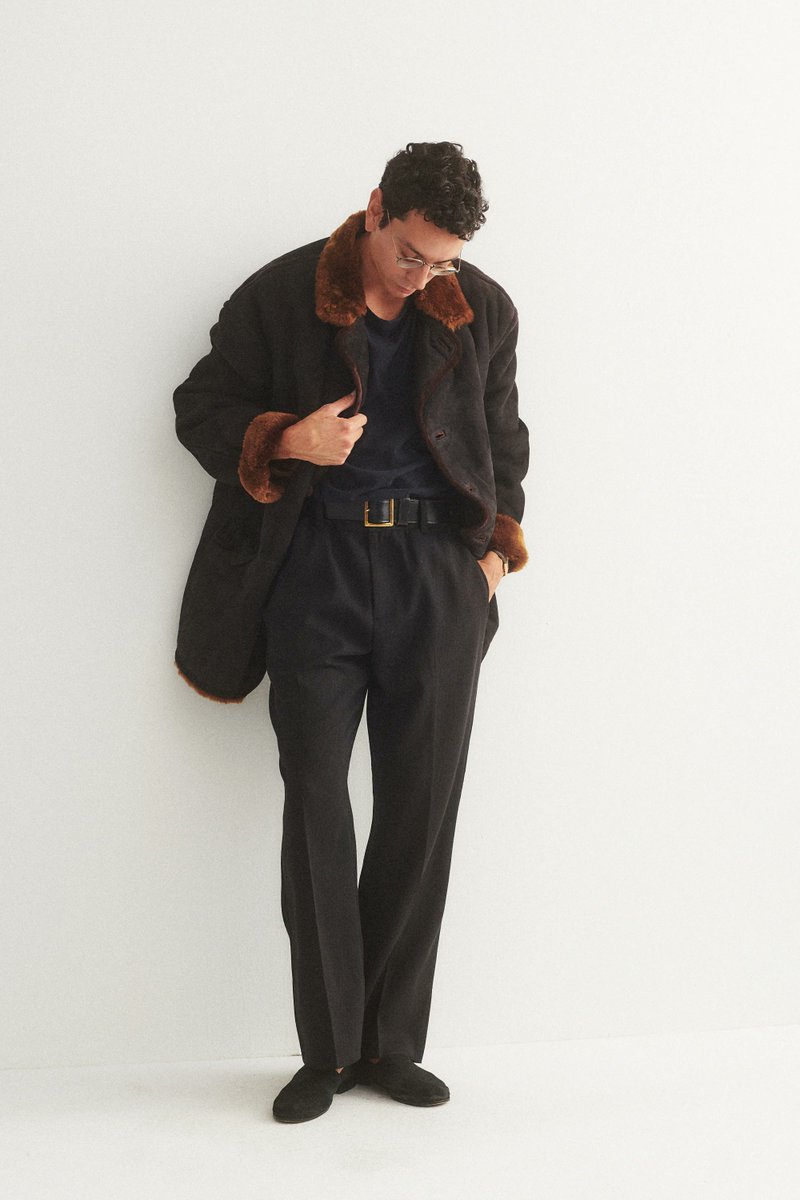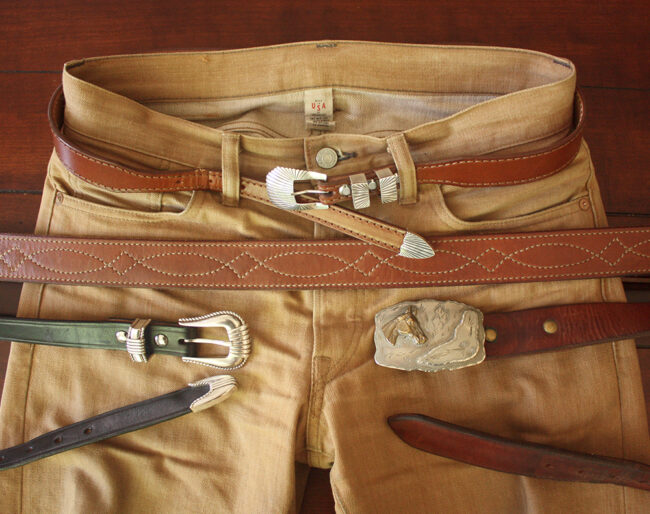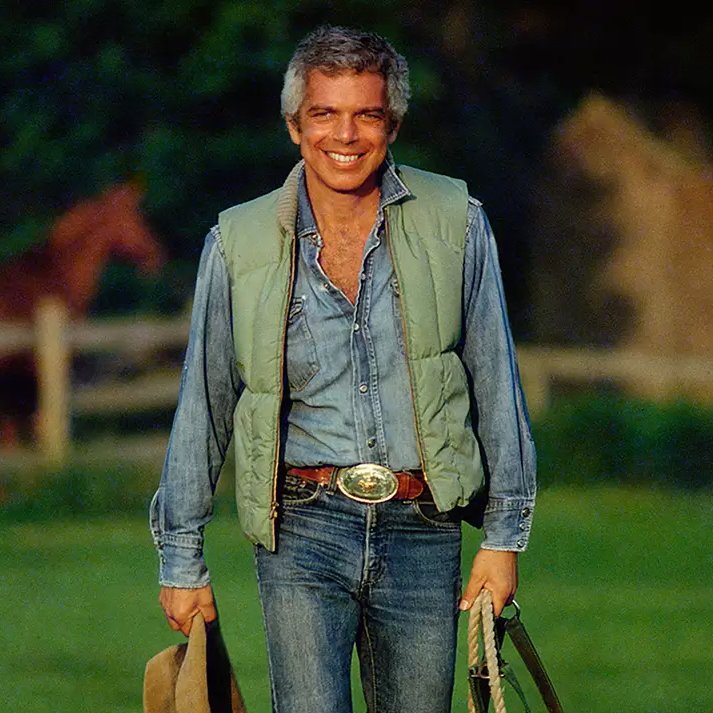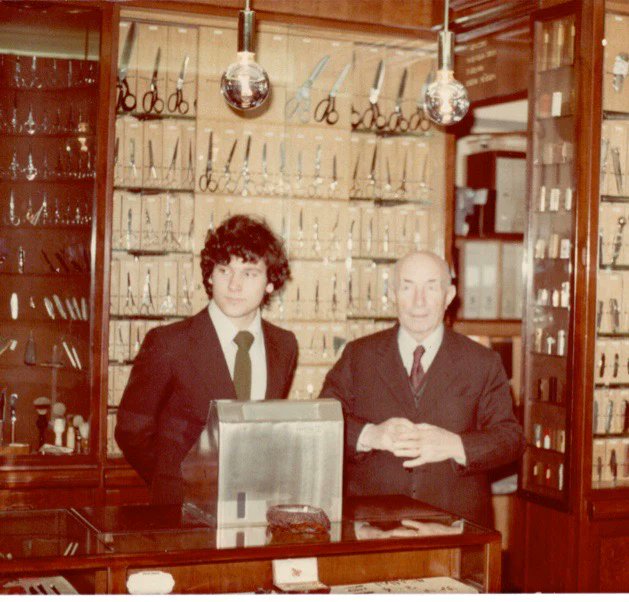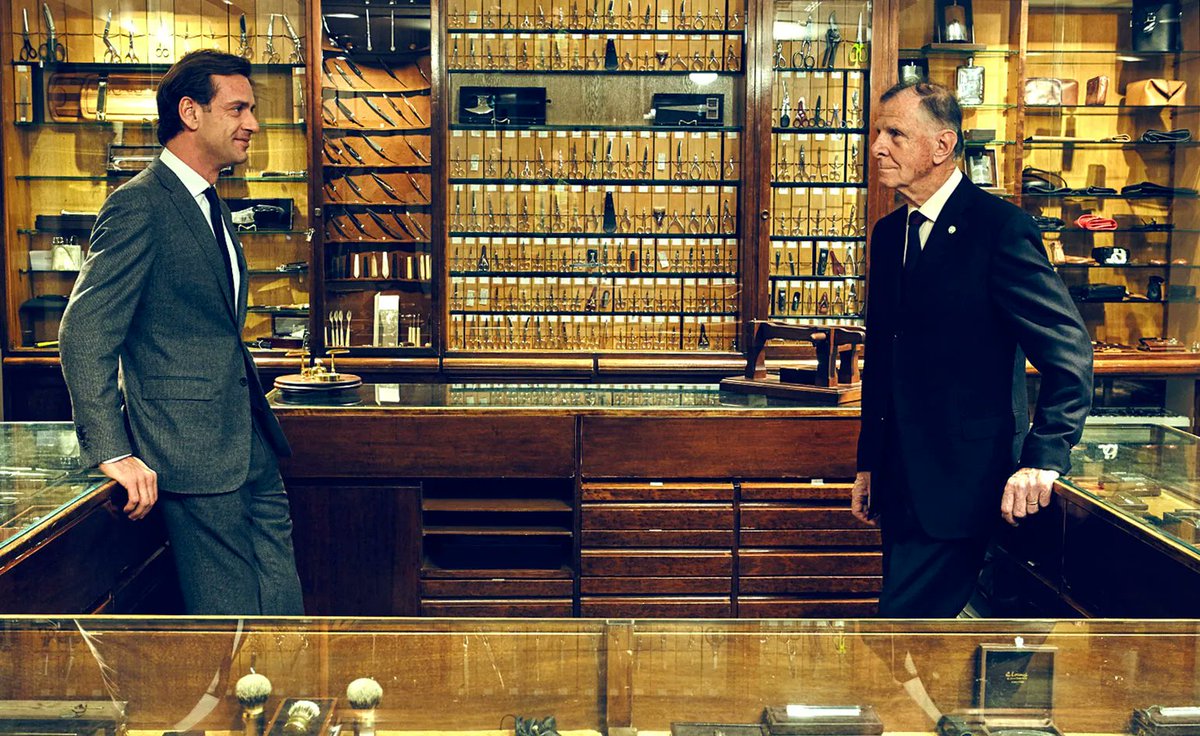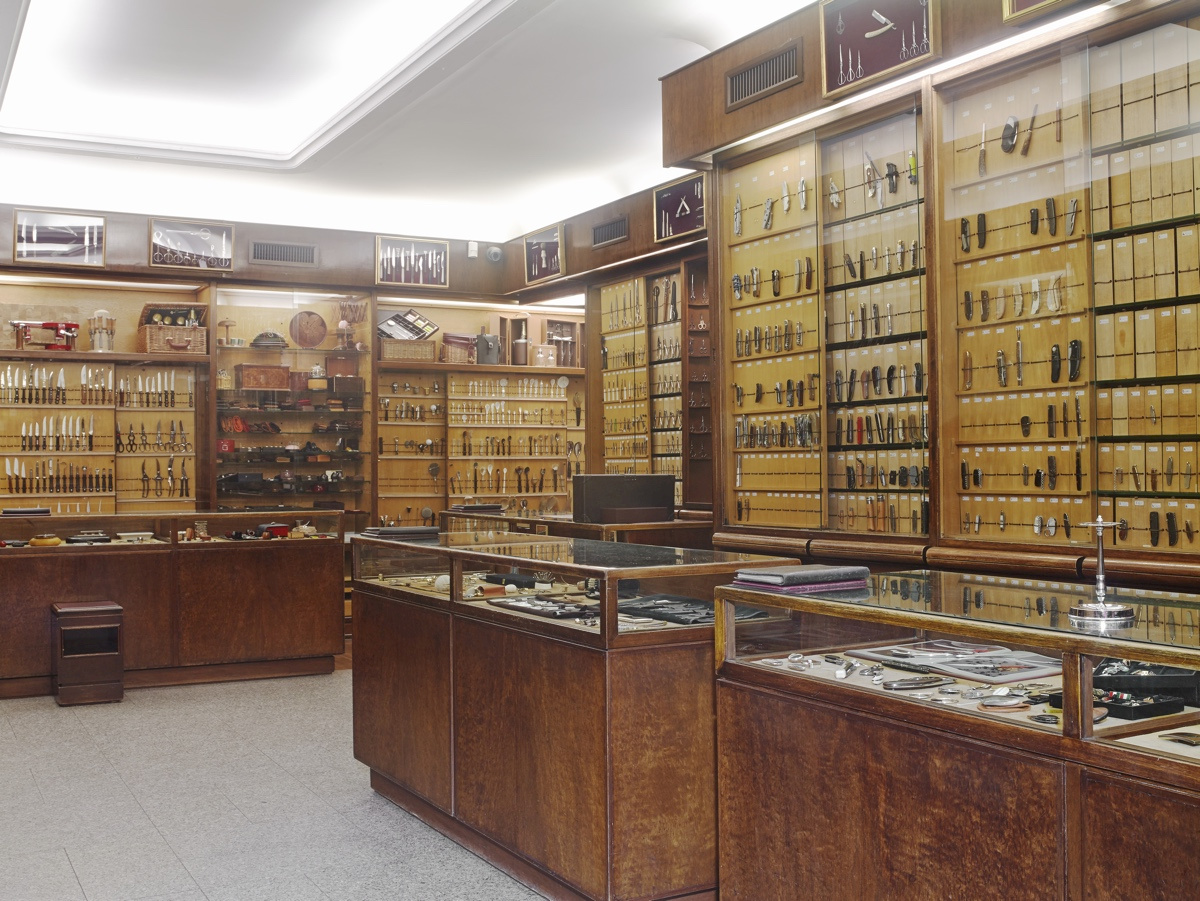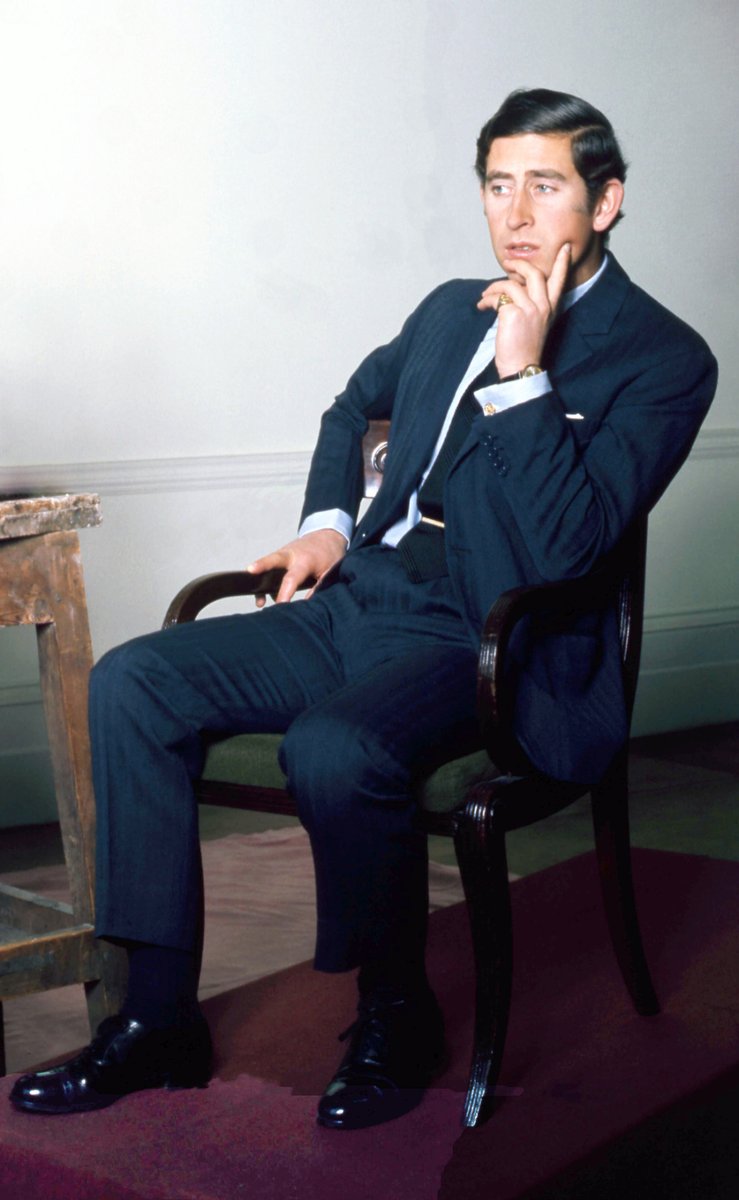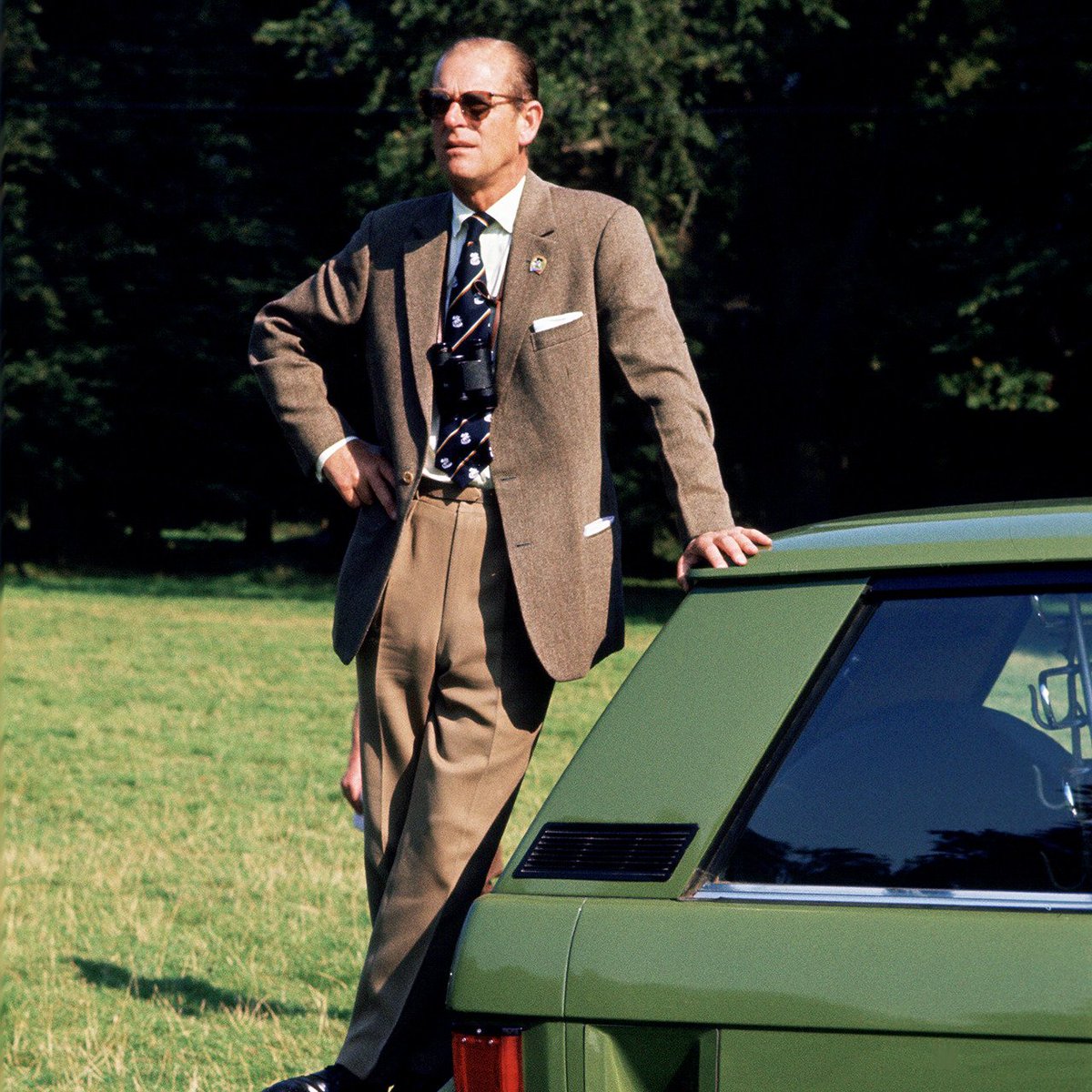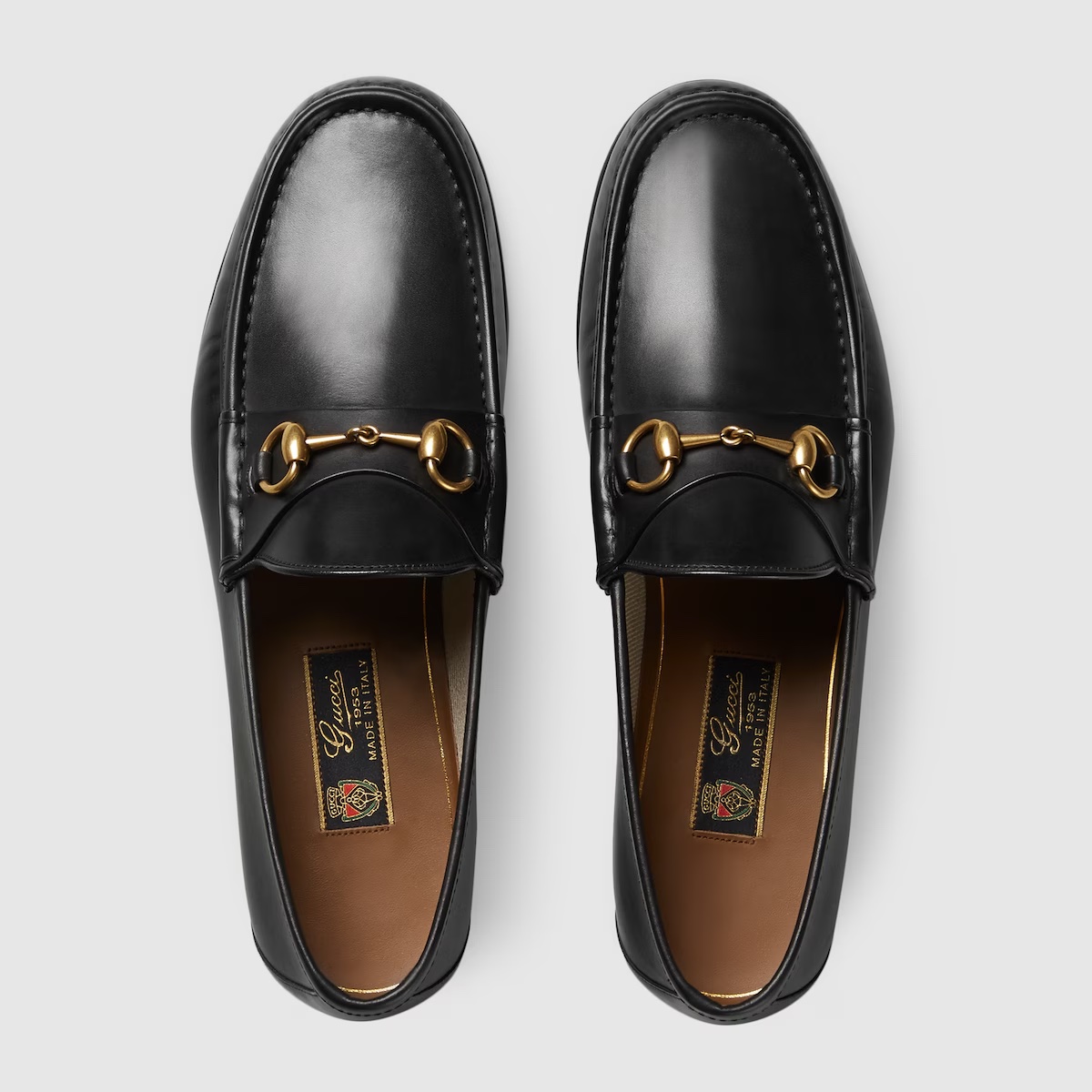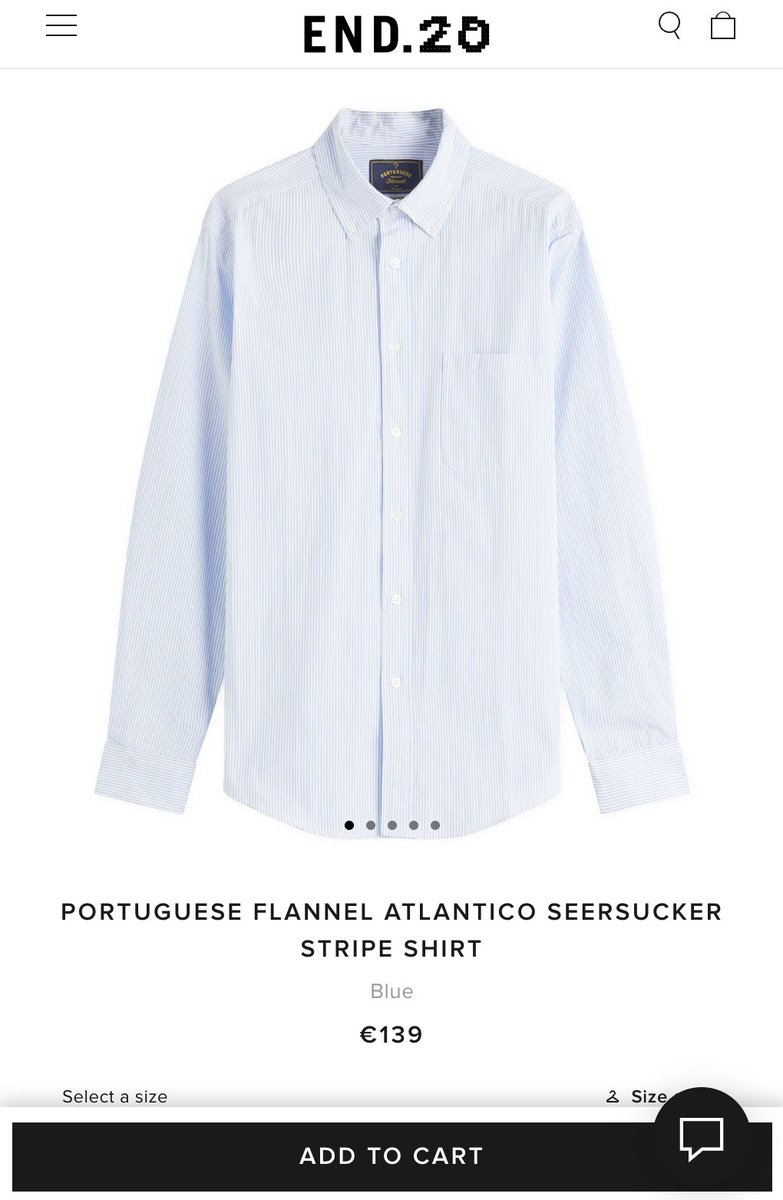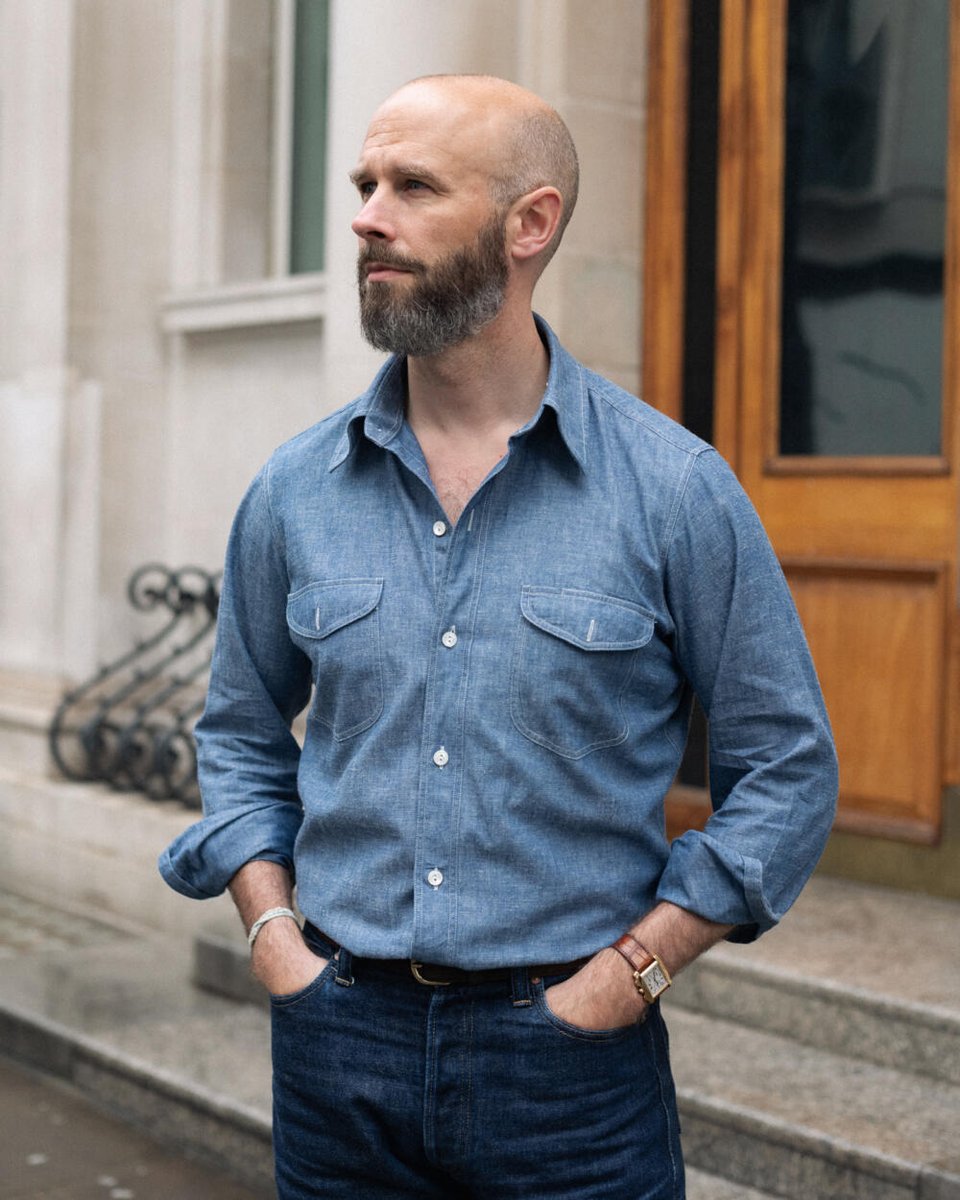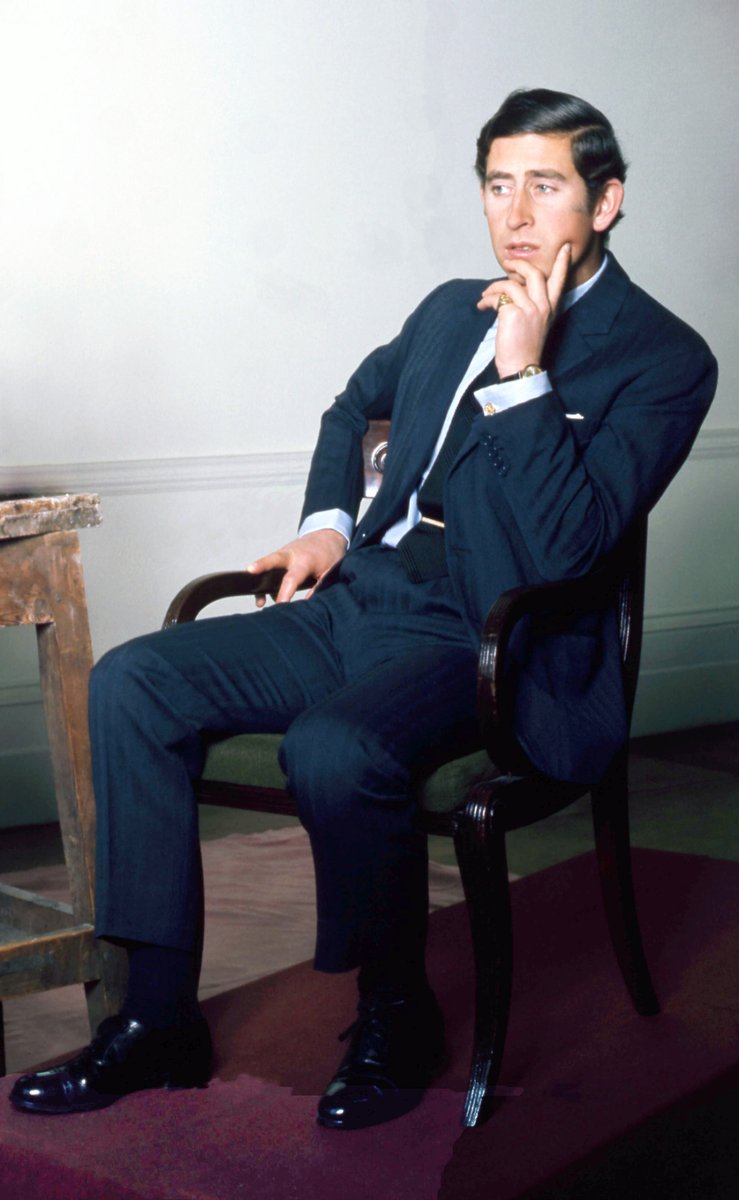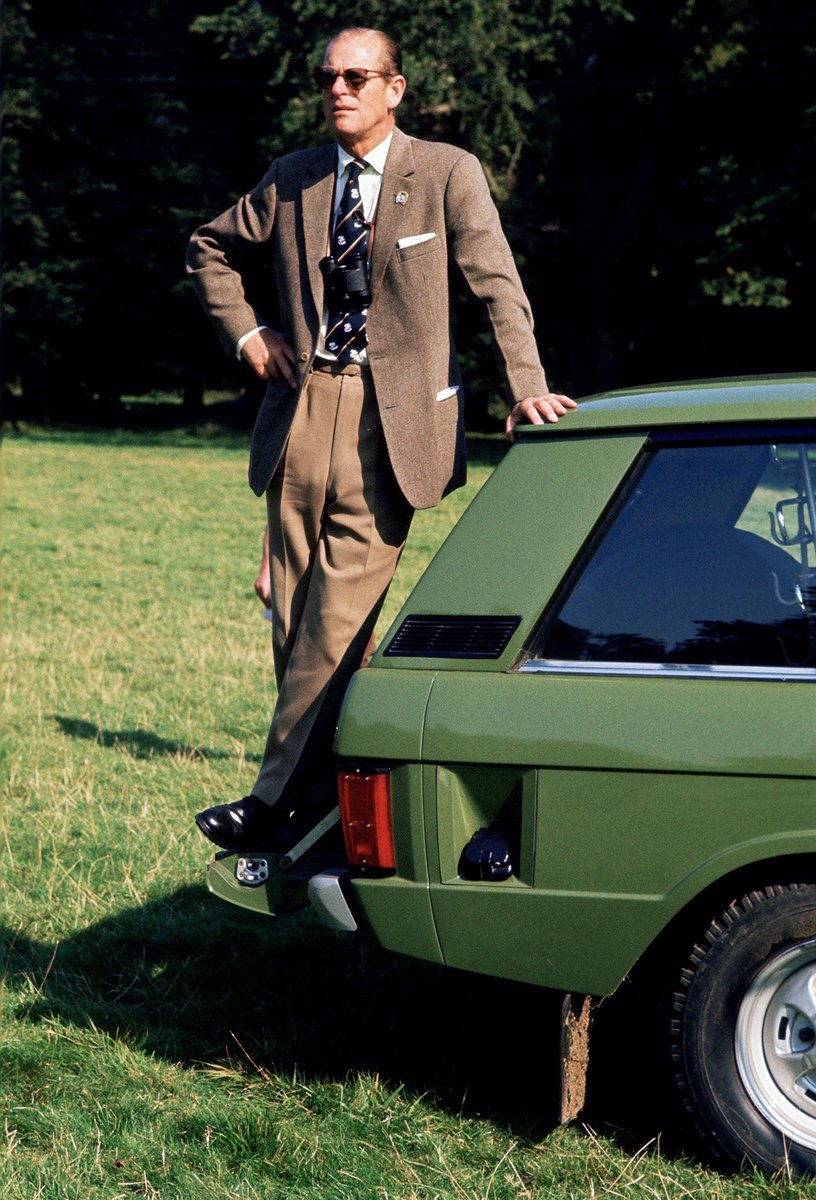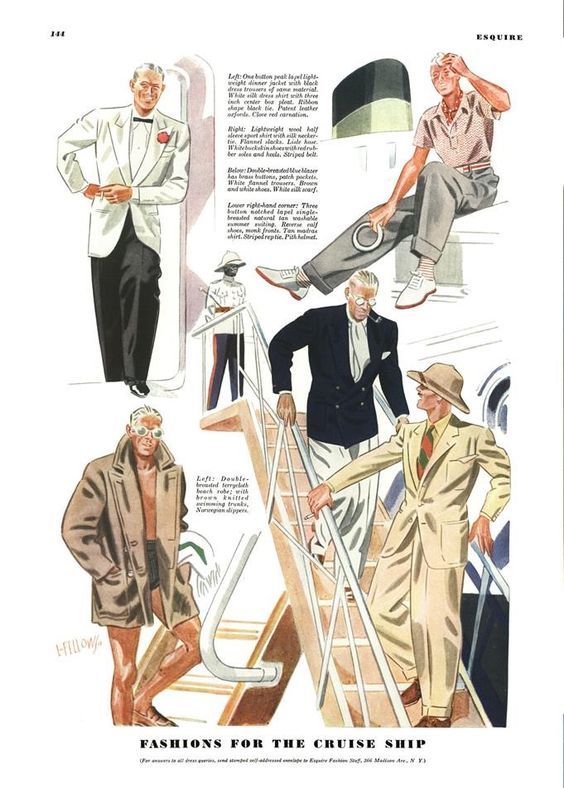To answer people's questions in this thread: the reason why belts and shoes should generally match, especially in tailored outfits, is because no single item should be distracting. 🧵
https://twitter.com/dieworkwear/status/1758647379648266393
The focus of a tailored outfit should be the V-shaped section formed by the shirt, jacket, and tie. This was as true generations ago as it is today. This area should lead the viewer's eye up to your face, so the focus is on you, not some random thing in your outfit.



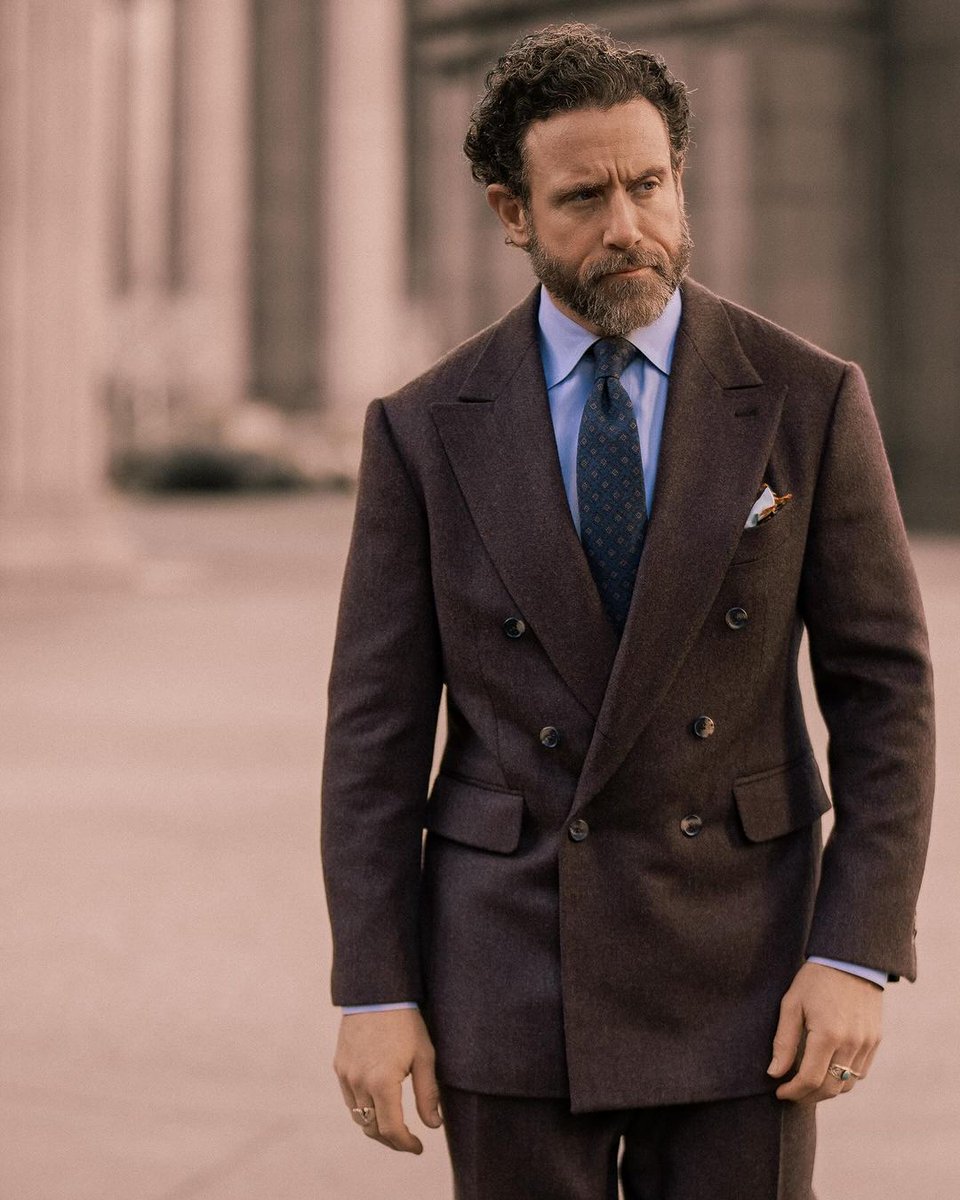
This is why it's hard to wear things such as unusually colored shoes or patterned trousers (in the context of tailored clothing). Such items drag the eye downward.
This is also why tan shoes shouldn't be worn with dark suits. They shine out like flashlights from under your trousers. Tan shoes should be kept to light-colored suits and sport coats, or certain summer outfits.
When tan shoes are worn well, the belt should match.
When tan shoes are worn well, the belt should match.

A belt occupies the center of our body, so it can be very conspicuous if it doesn't harmonize with the rest of your outfit. 
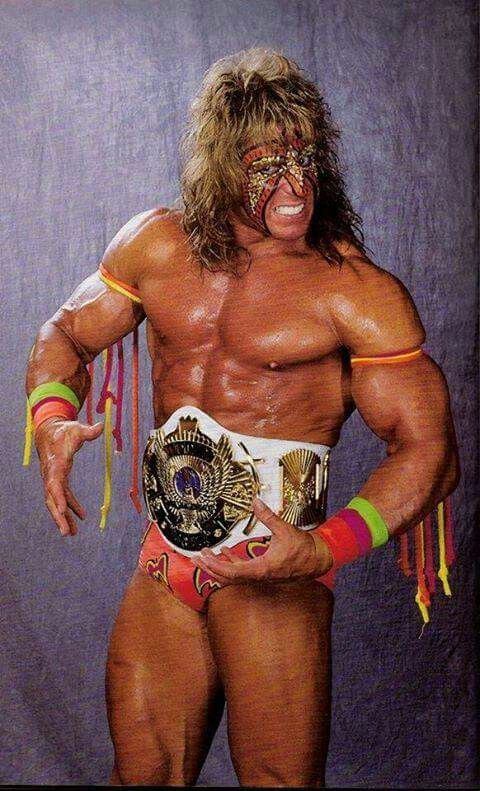
As a general rule of thumb, the color of your belt should be roughly in the neighborhood of your shoes. That means black with black, mid-brown with mid-brown, light brown with light brown, and so forth.


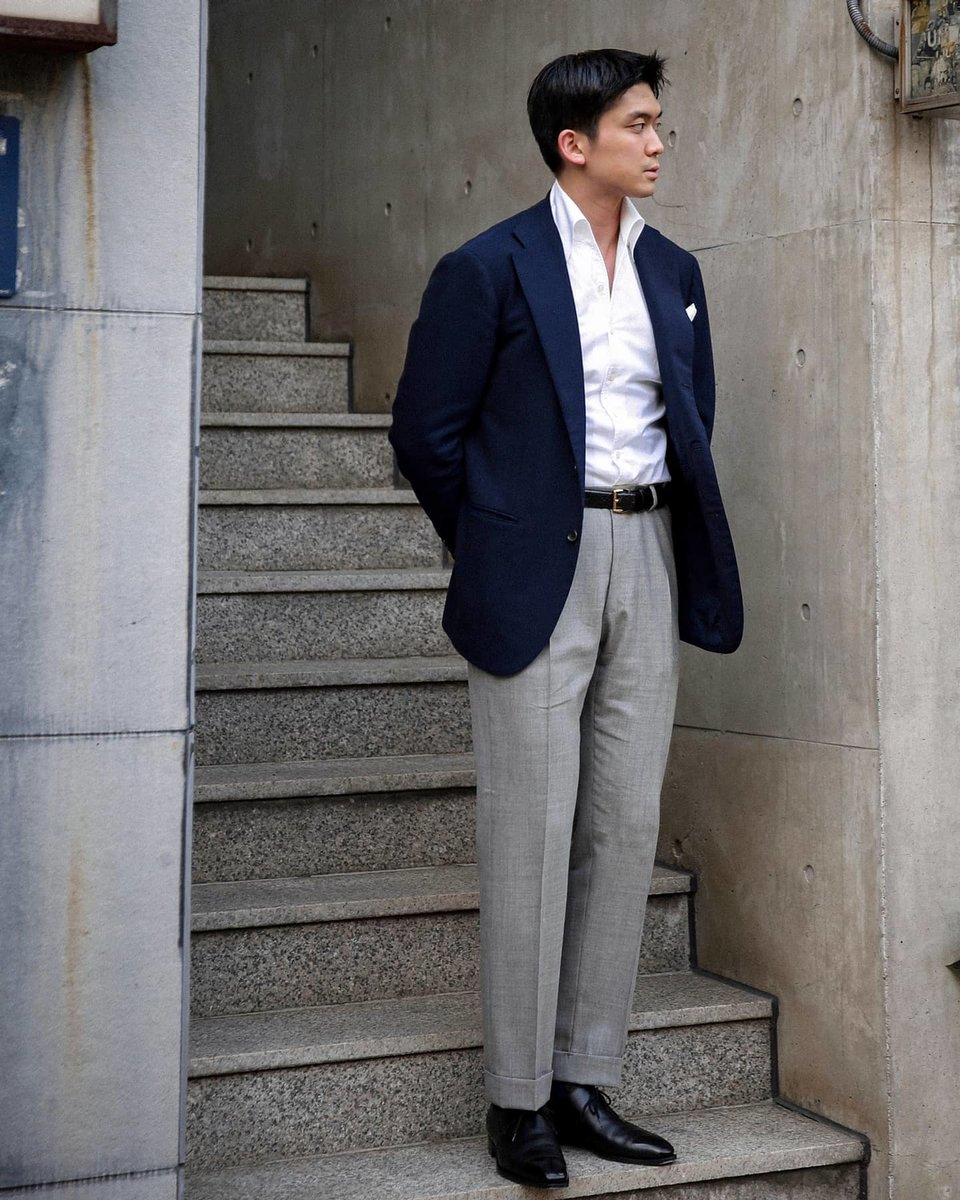

Compare these two outfits. The outfit on the right is more harmonious, so you end up focusing on the person. Eric's outfit combines non-matching shoes and belt (and tan shoes with a dark suit). It feels like he plucked things at random. 

Similarly, compare Trump with his sons. Trump's outfit is harmonious. Don Jr is wearing tan shoes with a dark suit, so his feet make him look like Donald Duck. Eric is again looking like he plucked things at random, as there's no harmony between the belt and shoes. 

The concept of harmony extends to other things. A dressy outfit calls for a thinner belt (1.25" inches or thinner), often finished with a thin buckle. A workwear outfit calls for wider belt (1.5") finished with a thicker buckle.


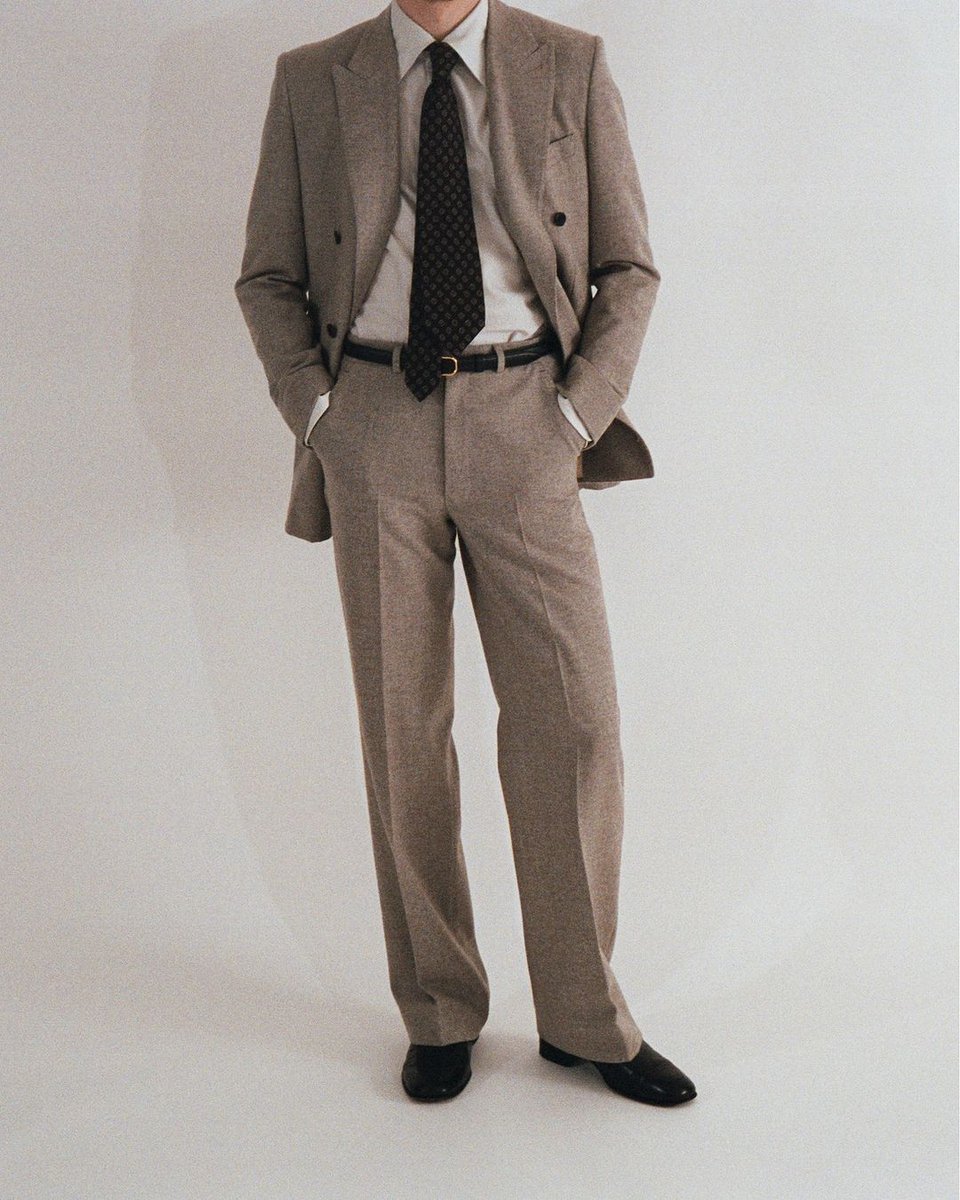
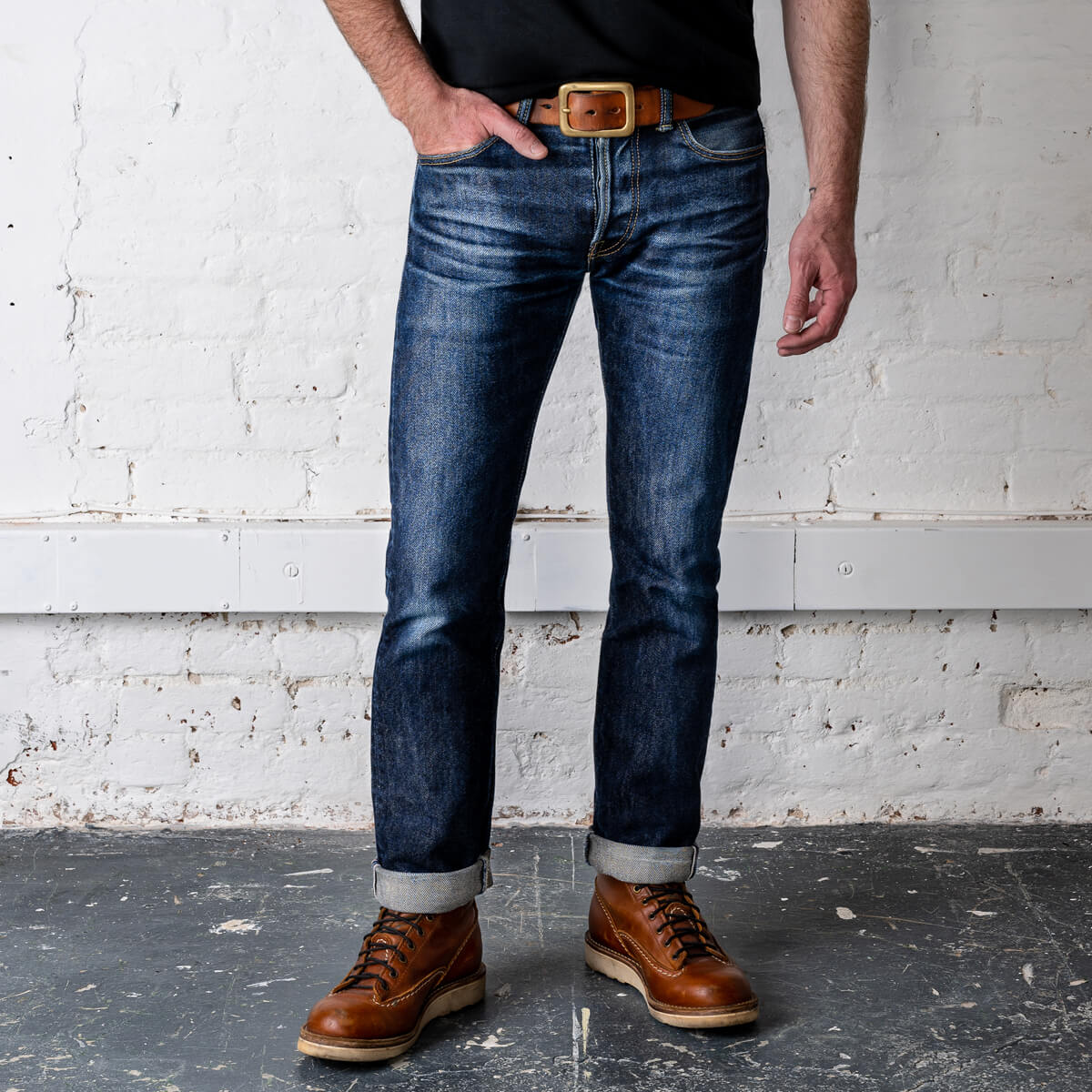
Sometimes, the belt doesn't need to match the shoes, such as when you're wearing sneakers. In that case, go off the other dimensions of the outfit: a casual belt paired with a casual outfit. Or a leather color that picks up some other leather item.


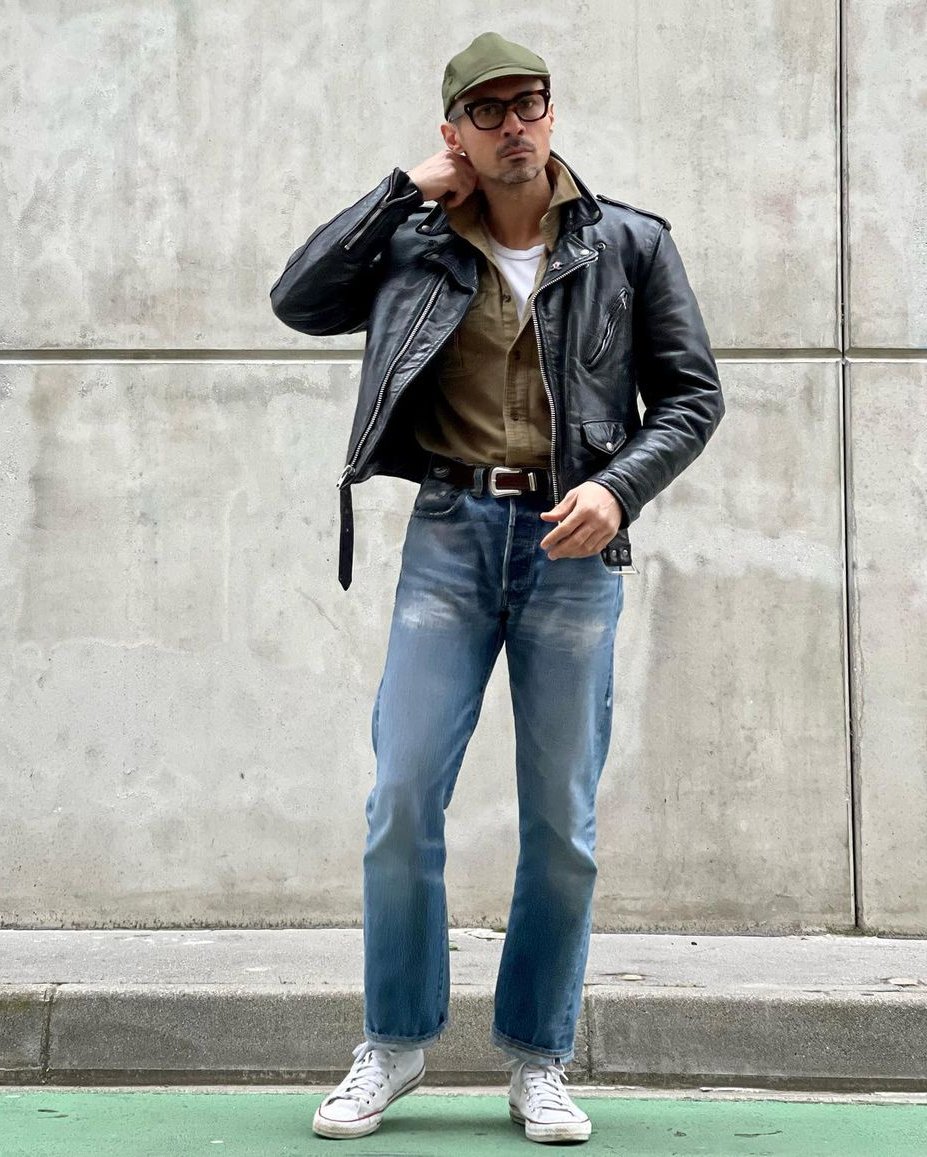
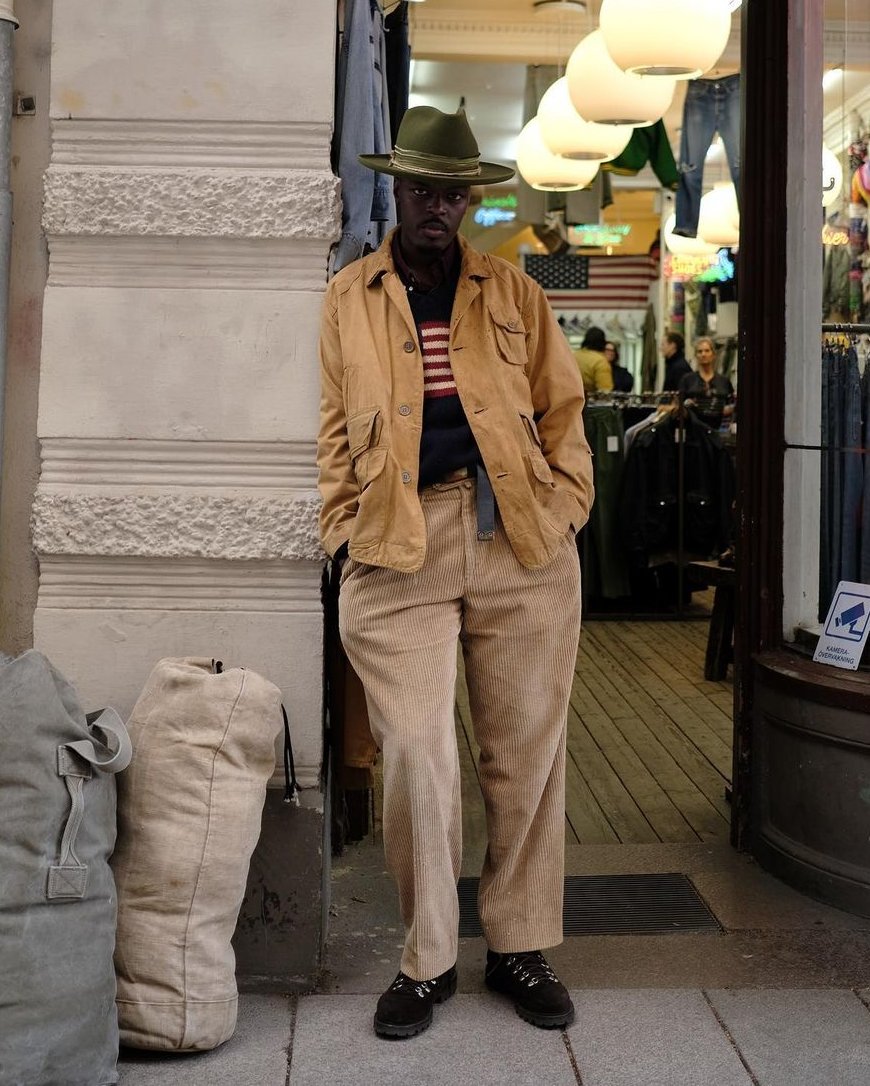
Choosing a belt requires being able to coordinate color, formality, and style. The casual outfit on the left has a wider 1.5" O-ring belt with a Southwestern cardigan, five-pocket pants, and roper boots. Dressy outfit on the right has a thin 1.25" belt. Belt/ shoe colors match.


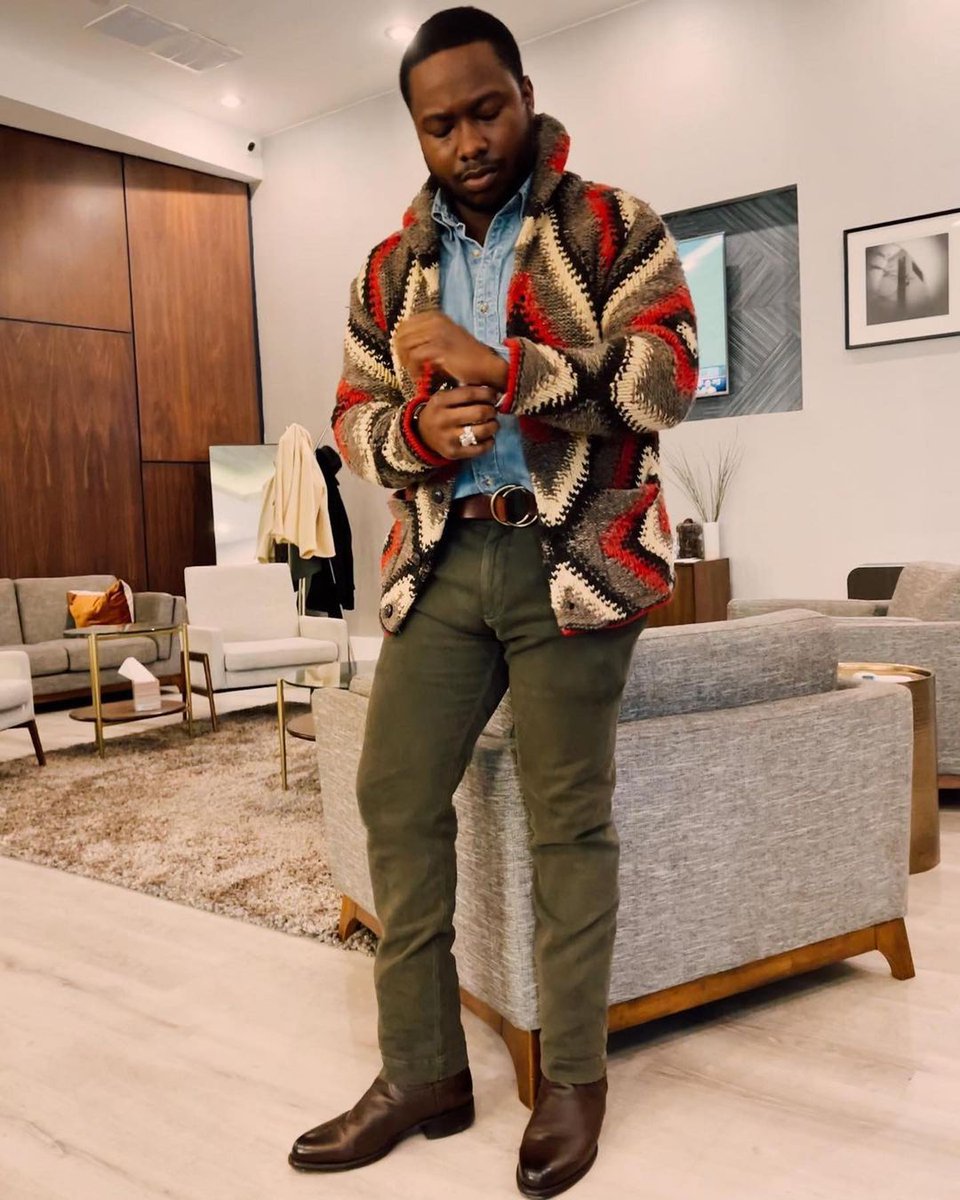

By coincidence, my friend Mark at The Armoury recently filmed a video on how to choose a good belt (it was filmed on Chinese New Year, so he's wearing a red sport coat). My only quibble is that I think fine dress belts are dressier with stitched edges.
• • •
Missing some Tweet in this thread? You can try to
force a refresh

